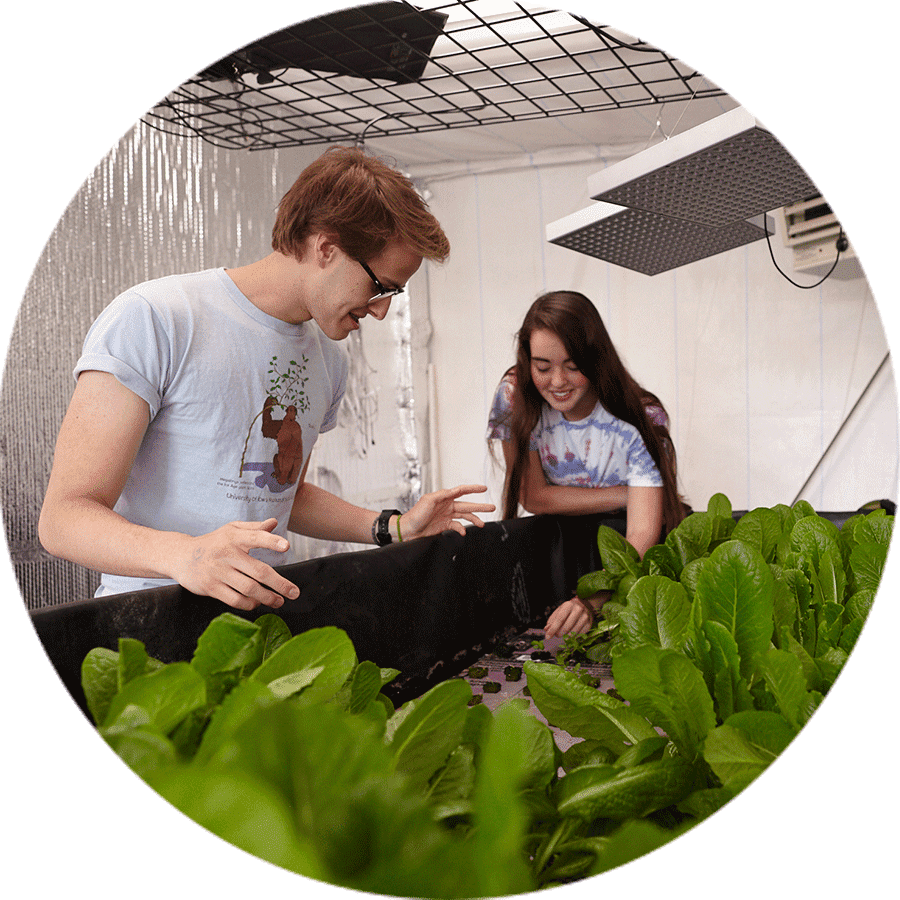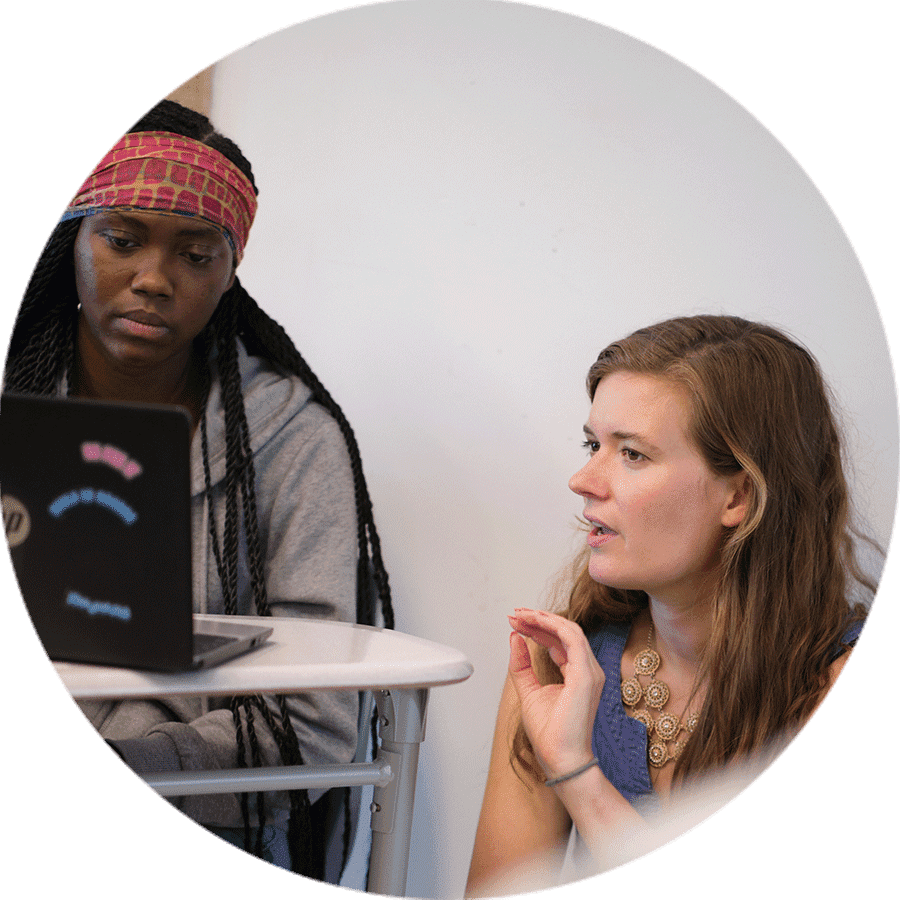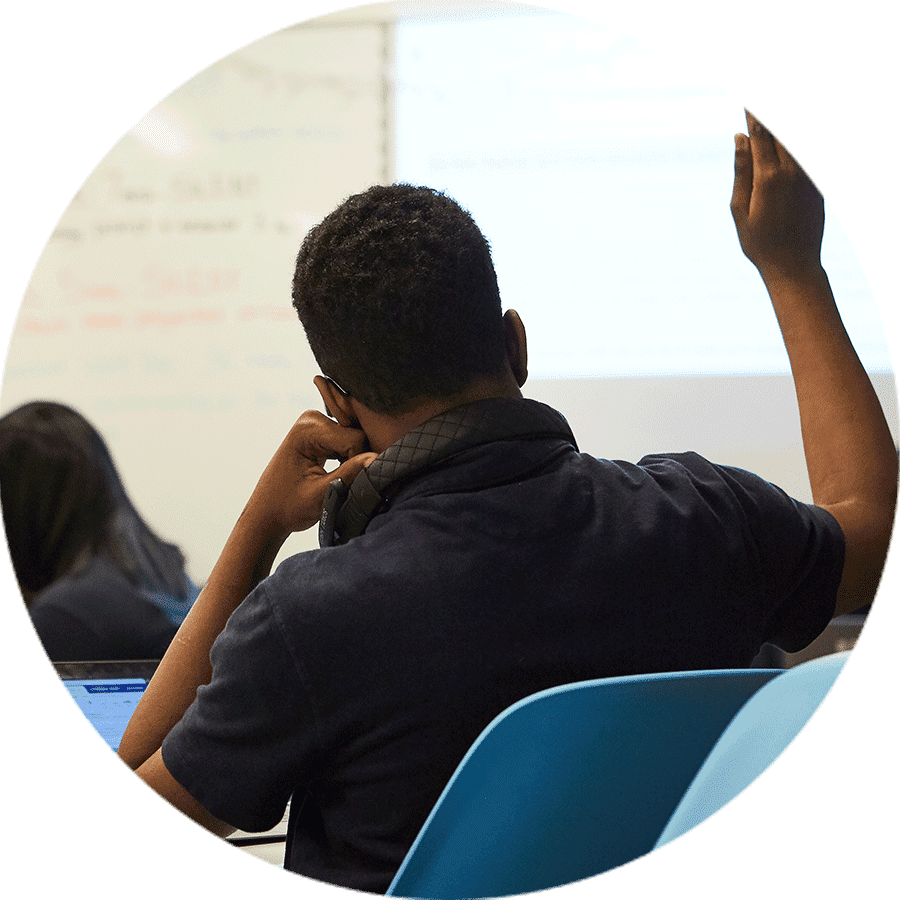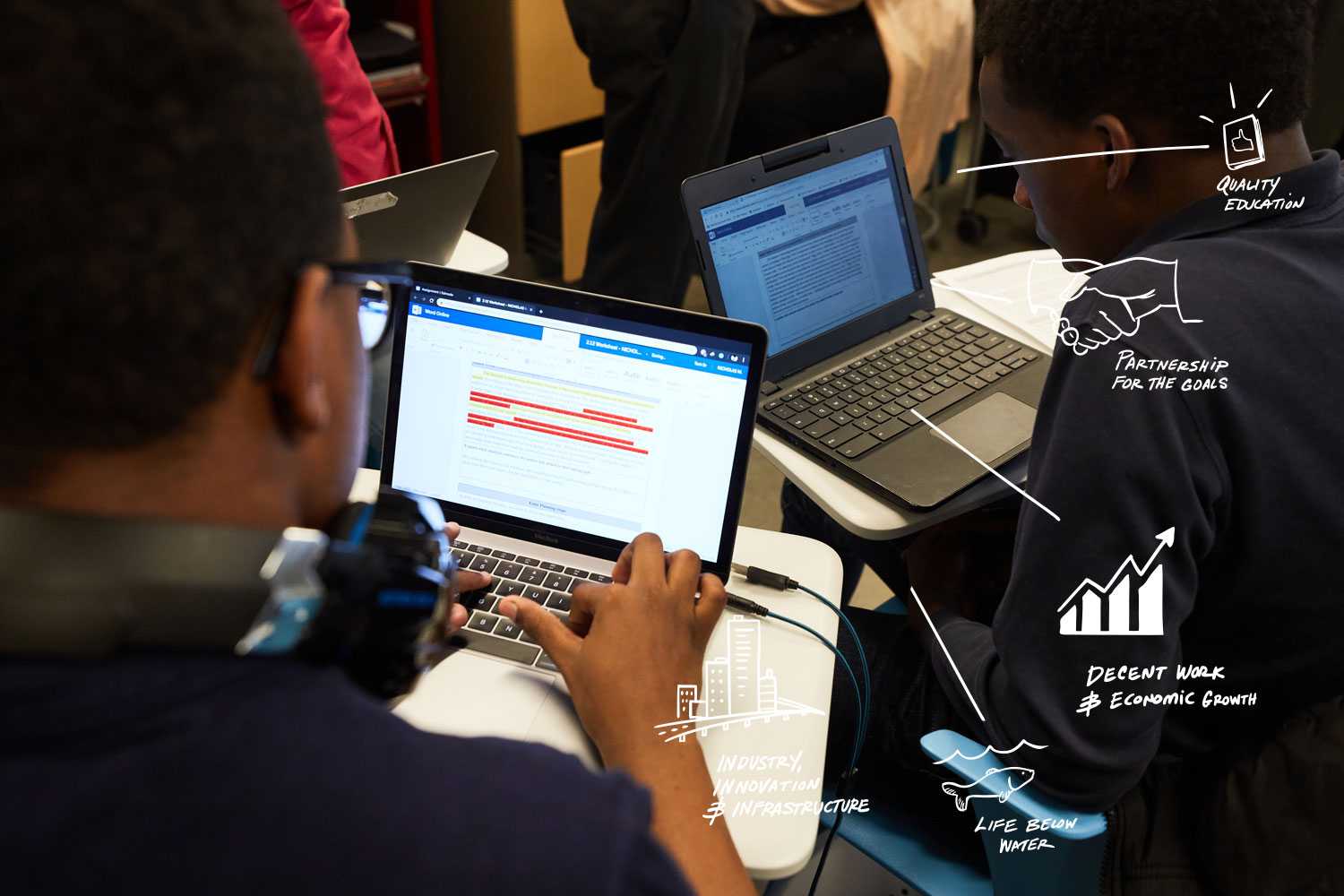1. Assessments help both teachers and students to guide the learning journey.
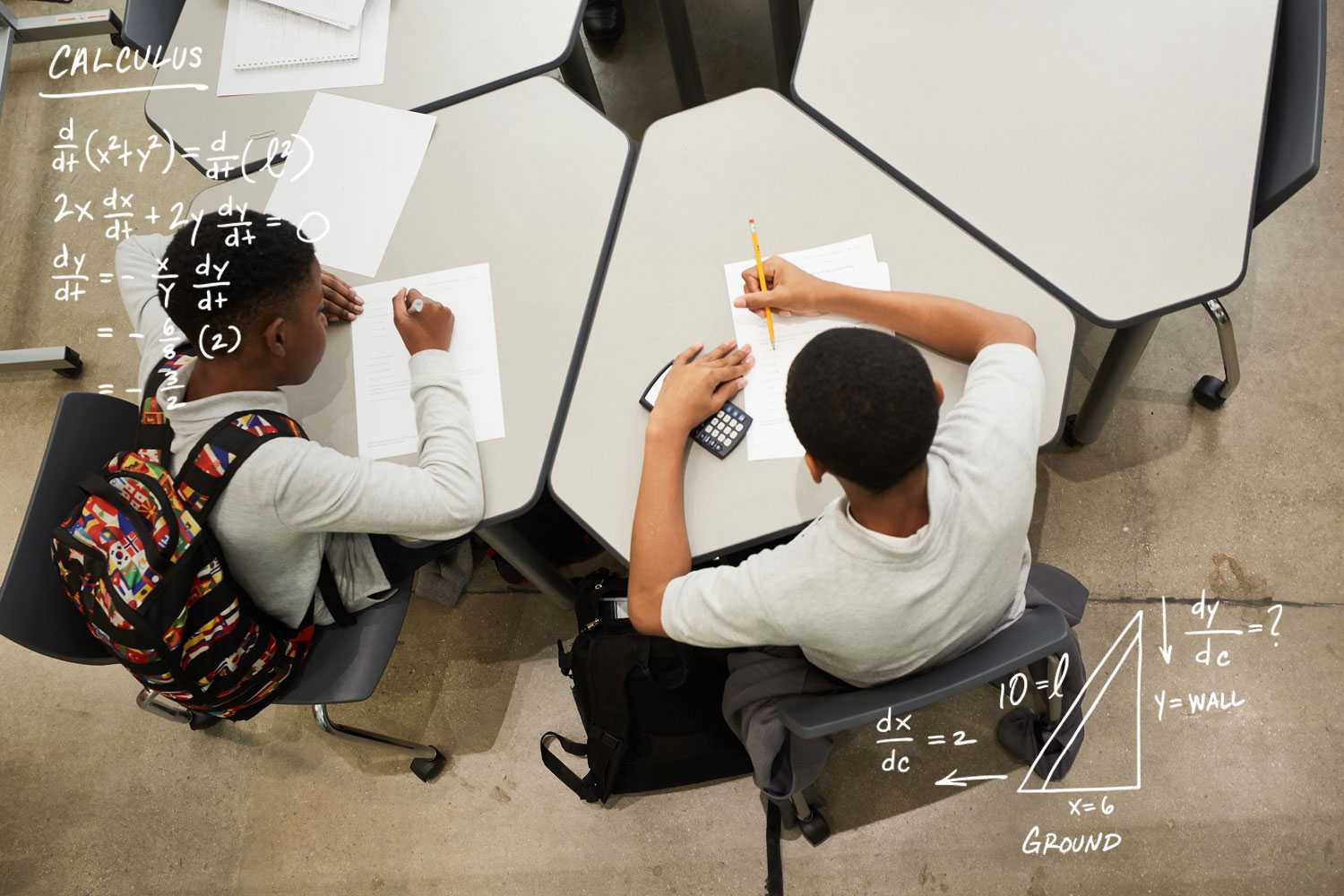
By assessing their own work and that of their peers, students build ownership and skills for learning.
Fact:
Research suggests that student self-assessment can have a positive impact on learning when it is formative and supported by teachers.
Source: Heidi Andrade, Frontiers in Education
Tests and other assessments given at the end of a unit, course, or year are known as “summative” because they provide information to sum up the learning that happened. Assessments used before and during learning are called “formative” because they help teachers and students form plans to adjust teaching and learning.
According to experts Heidi Andrade and Margaret Heritage, formative assessment answers three questions: 1) Where am I going? 2) Where am I now? 3) Where do I go next?
Most people are more familiar with summative assessments than with formative ones, yet formative assessments are a critical part of a student’s learning journey because of how useful formative assessments can be for planning, monitoring, and adjusting instruction on a regular—even daily—basis.
Some schools go a step further by exploring new ways to use formative self-assessment and peer-assessment to empower students as owners of their own learning. The goal is for students to view assessment not as something done to them but rather as something done for them, with them, and by them. Here are some strategies for encouraging students to play a more active role in a school’s culture of assessment:
- Share scientific findings about the role of assessment in learning, including evidence that self-quizzing is a more effective study strategy than re-reading.
- Invite students to co-create assessment criteria, such as checklists or rubrics to evaluate their work.
- Create low-stakes self-assessment and peer-assessment activities, both of which have been shown to increase learning and self-regulation.
- Help students understand how to use feedback to revise their work—and give them plenty of opportunities to do so before the work is finalized.
Learning to assess one’s own work, receive and use feedback to improve, and give constructive comments to others are all important dimensions of adolescent development. They’re also crucial preparation for young people’s future as successful learners, workers, and contributors to family, community, and democratic life.
Dive Deep
![students looking at plants]() Student-Centered Assessment
Student-Centered AssessmentWhat does it take to make student self-assessment and peer-assessment effective? Watch these four videos for tips and strategies.
Watch![student smiling]() The Student Role
The Student RoleCheck out this three-page guide from the How I Know Project to discover ten ways students can play an active role in formative assessment.
Explore![student and teacher]() Students Choose
Students ChooseSome competency-based high schools let students choose how to demonstrate mastery. Watch this video to find out why New Hampshire’s Pittsfield Middle High is one of them.
Watch![student raising their hand]() Show What You Know, and Make It Public
Show What You Know, and Make It PublicHow can performance assessments be designed to drive student learning, and also be learning experiences in their own right? Check these tools from Envision Learning Partners to find out.
Read
Analyze
Step 1 – Research
Watch the videos on student-centered assessment on the Students at the Center Hub. Pay particular attention to the video in which Dr. Heidi Andrade discusses the key components of self- and peer-assessment and reflects on what she’s observed in classrooms.
What insights and lessons stand out for you? What practices seem especially promising for students, and what would you need to do to implement them well in your school?
Step 2 – Reflect
How could student self-assessment and peer-assessment support your school’s mission and goals? What are the critical building blocks to make these strategies work well, and how can your school design ensure that those building blocks are in place?
